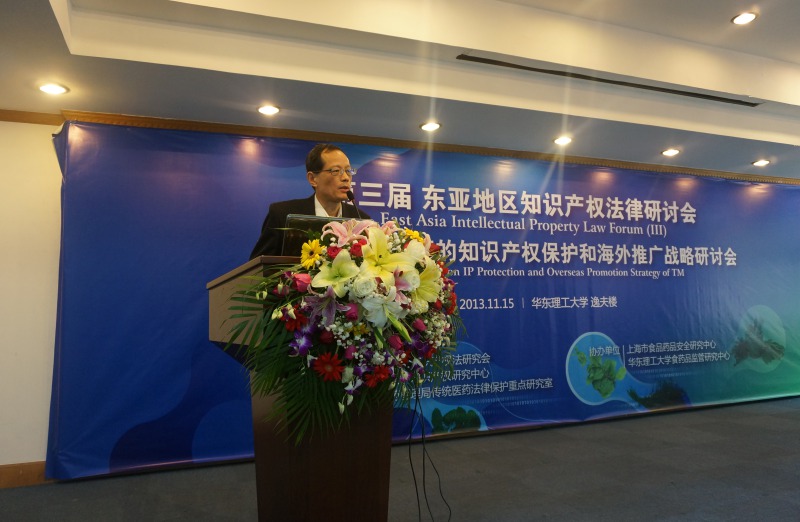Using octopus to deliver genetic drugs into the eyes
Inspired by the octopus, a flexible multi-arm osmotin similar to the octopus structure was constructed as a carrier to deliver gene drugs, which provided a safe and effective new strategy for non-invasive intraocular gene drug delivery.
Hereditary retinopathy, retinoblastoma, senile macular degeneration, diabetic retinopathy and other chronic fundus diseases are the main causes of severe visual impairment and even blindness. The way to treat such diseases is to give drugs that have been approved for clinical use by intraocular injection. However, special protective mechanisms in the eyes automatically prevent the drug from entering, preventing it from being absorbed in the eyes. Even small molecule drugs only have an absorption rate of less than 5%. In addition, the drug has a high incidence of side effects, such as endophthalmitis, retinal splitting or detachment and other risks.
Inspired by octopus that by using polymer material dobby polyethylene glycol as the kernel which have good biological compatibility and connecting optimization of peptides eye absorption accelerants penetrationat at each end of the side chain, the team found that they can build a flexible arm osmosis element which is similar to octopus structure as delivery gene drug carrier.
The carrier can be assembled spontaneously with genetic drugs into gene complexes which are less than 100 nanometers. Part of the arm can be used to compress and carry genes, while the rest of the arm can be extended outwards freely to maintain the high permeability of the absorption barrier to the eyes. It has been repeatedly verified that the gene complex is mainly absorbed into the eyes through non-corneal pathways, thus effectively inhibiting the protein expression in intraocular tumor cells.
Source: http://www.jkb.com.cn/healthyLiving/jkzs/2019/1022/463330.html
Time: 2019.10.22
next:The release of first high-quality reference genome of Tibetanpopulation


